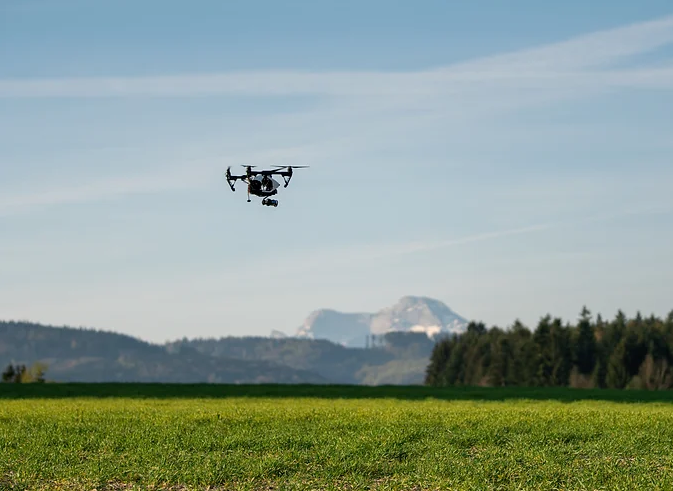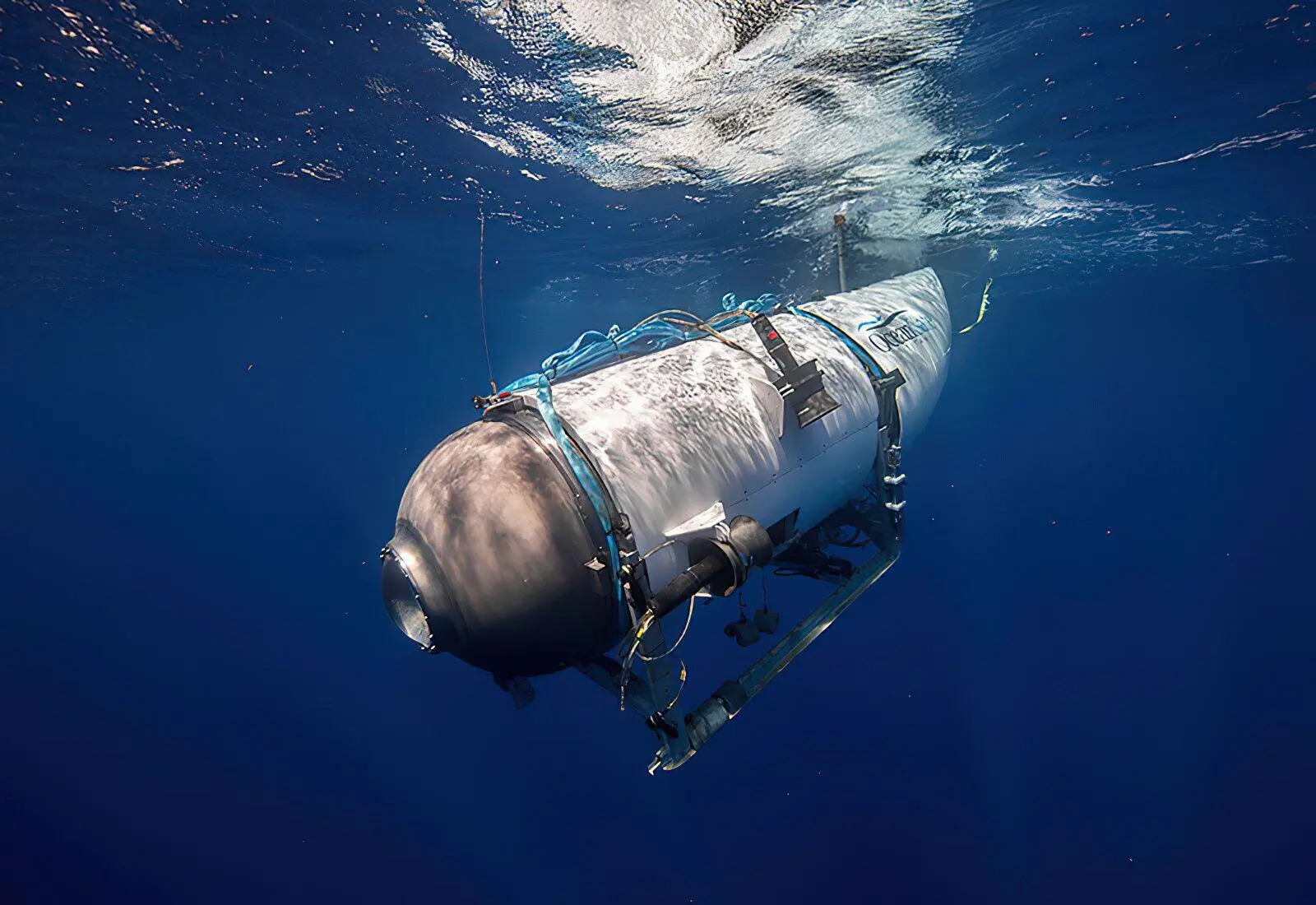Optimizing Crop Monitoring and Management with Drones in Precision Agriculture
- Srusti UB
- Jul 17, 2023
- 7 min read

Picture this: a farmer with a drone in hand, scanning their vast farmland to gather valuable data on crop health, soil moisture, and more. Welcome to the world of precision agriculture! AEROGO
Precision agriculture is the use of technology to optimize farming practices for better yields and more efficient use of resources. Crop monitoring and management play a crucial role in achieving this goal, and drones are at the forefront of this revolution.
Drones have transformed the way farmers collect data on their crops. With their ability to fly over vast areas quickly and precisely, drones provide insights that would be impossible to obtain through traditional methods. From tracking crop growth and detecting stress to mapping and yield prediction, drones are an indispensable tool for precision agriculture.
So, whether you're a farmer, a crop consultant, or an agriculture enthusiast, join us on a journey to discover how drones are shaping the future of crop monitoring and management in agriculture. Get ready to learn about the different drone types, their applications, the advantages they offer, and the challenges that come with using them. And who knows, you might just be inspired to get a drone for yourself!
1. Understanding drones in precision agriculture

Precision agriculture has revolutionized the farming industry, and drones play a crucial role in it. Drones used in precision agriculture come in different shapes and sizes, from fixed-wing to quadcopters. Each drone has its unique capabilities and applications.
The features of precision agriculture drones make them an ideal tool for crop monitoring and management. These drones are equipped with high-definition cameras and sensors that capture images in different spectra. With this equipment, operators can identify crop stress, water availability, and even soil moisture.
Applications of drones in precision agriculture range from monitoring crops to mapping, and even planting. Drones can monitor crop health by capturing images before, during, and after the growing season. The high-resolution images captured by the drone's camera can detect crop diseases, pests, and nutrient deficiencies, allowing the farmer to take remedial action early.
Drones are also useful in creating crop maps. By capturing images and stitching them together, drones can create accurate maps of a farm. These maps help farmers identify areas of stress, yield variability, and even land use patterns.
In summary, precision agriculture drones have become an important tool in crop monitoring and management. They come in various types, equipped with advanced technology, and have several applications. With drones, farmers can monitor crops, create maps and take corrective action early on.
2. Advantages of using drones in crop monitoring and management

Ah, the marvels of modern technology. Who knew that drones could be used for crop monitoring and management? But make no mistake, using drones is an absolute game-changer in the world of precision agriculture.
Using drones can significantly increase efficiency and accuracy, hence saving time and effort. These complex machines can identify early signs of crop stress and potential diseases, allowing farmers to take necessary actions before it's too late. Not to mention, drones can map the entire crop, making yield predictions more accurate and eliminating the need for manual monitoring.
But the best part? The cost-effectiveness. The use of drones reduces the need for labor equipment, hence decreasing the overall cost for the farmers. This makes it an excellent investment for modern agricultural practices.
See, using drones for crop monitoring and management is an absolute no-brainer. Not only does it increase productivity and accuracy, but it's also cost-effective. Using this technology can take agriculture to the next level and make it even more sustainable than ever before.
3. Factors to consider when choosing a drone for crop monitoring and management

When it comes to choosing a drone for crop monitoring and management in precision agriculture, there are several factors to consider. As drones come with different specifications and features, it's important to find one that meets your needs and requirements.
3.1 Payload capacity
Payload capacity plays a critical role in the selection process. Payload capacity refers to the maximum weight a drone can carry, which includes components such as cameras, sensors, and other equipment. A drone with a higher payload capacity means more equipment can be carried, which leads to better data collection and analysis.
3.2 Flight time
Flight time is another important factor to consider. Most drones have a flight time between 20 to 30 minutes, which can vary depending on the type of drone and the payload it carries. It's crucial to choose a drone with a longer flight time, especially when dealing with larger farms and fields.
3.3 Drone Range
The range of the drone is also an important aspect to consider. Range refers to the distance the drone can travel from the ground control station. Choosing a drone with a longer range leads to wider coverage and more efficient monitoring.
3.4 Camera and sensor quality
Camera and sensor quality are essential for precision agriculture operations. Choosing a drone with high-quality cameras and sensors helps in capturing more accurate and detailed data, which leads to better insights and decision-making.
3.5 Usage and control
Ease of use and control is also essential. Ensure that the drone you choose is user-friendly and easy to operate, especially if it is your first time using a drone. You should also consider the level of training and support that comes with the drone.
3.6 Data processing and analysis
Data processing and analysis capability should not be disregarded. Ensure that the drone you choose comes with easy-to-use software that can process and analyse data efficiently.
3.7 Price
Price is a crucial factor when choosing a drone for crop monitoring and management. While more expensive drones may come with better features and specifications, they may not justify the additional cost. It's important to find a drone that offers value for money and meets your specific needs and requirements.
Overall, choosing the right drone for crop monitoring and management is a critical decision that can immensely impact your precision agriculture operation. Ensure that you take into account the factors discussed above to make an informed decision.
4. Best Practices for Efficient Crop Monitoring and Management with Drones
When it comes to efficient crop monitoring and management with drones, following best practices is vital. The following key points can help you get started:
4.1 Drone safety
First and foremost, it's crucial to ensure drone safety and compliance with regulations. Before taking off, make sure you have the necessary permits and licenses to operate your drone legally. Also, conduct a pre-flight inspection to ensure the drone is in good condition and ready to fly.
4.2 Planning drone flights
Next, planning and executing drone flights should be done with precision. Make sure the flight plan is well thought out and aligns with the goals of the crops being monitored. Consider factors like weather conditions, wind patterns, and any potential obstacles that could interfere with the flight.
4.3 Data Collection
During the flight, image acquisition and data collection should be handled correctly. Use the appropriate camera settings to capture quality images that provide useful insights into crop health. Ensure that the drone is flown at the appropriate altitude and speed for optimal accuracy.
4.4 Data processing
When the images and data have been collected, data processing and analysis is the next step. Choosing the right software to process the data can make a significant difference in the quality of the results. Be sure to account for variables like resolution, color depth, and image quality when processing the data.
4.5 Interpreting the Results

Finally, interpreting the results and making decisions are the last steps to efficient crop monitoring and management. While data analysis provides valuable insights, it's essential to understand what the data means for the crops being monitored. Using expertise, research, and common sense will allow you to make decisions that maximize the effectiveness of drone technology.
By following these best practices, crop monitoring and management with drones can be much more efficient and effective.
5. Challenges and Limitations of Using Drones in Crop Monitoring and Management
Let's face it, using drones in precision agriculture is awesome. It saves time, increases efficiency, and improves yield predictions. But, as with any technology, there are limitations and challenges.
5.1 Weather Conditions
Firstly, let's talk about weather conditions. Drones are great for monitoring crops, but they are not so great in bad weather. Strong winds and rain can cause drones to malfunction or crash, making it difficult to collect data and monitor crops.
5.2 Interference with other aircraft
Secondly, interference with other aircraft is a real concern. With the increasing use of drones, there is also an increasing risk of collisions with other drones, helicopters and planes. This is why it is important to adhere to all regulations and fly within the restricted airspace.
5.3 Data storage
Thirdly, data storage and processing can be a problem. Drones collect a lot of data, but storing and processing can be time-consuming - a lot of data means a lot of time spent processing.
5.4 Battery life

Fourthly, battery life can be a limitation. Drones can only fly for a limited amount of time before they need to be recharged. This means that if you have a large field to monitor, you may need multiple drones or need to plan flights carefully.
5.5 Maintenance and repair
Finally, drone maintenance and repair is an ongoing concern. Drones need regular maintenance, and repairs can be expensive. It is important to have a plan in place for maintenance and repairs to minimize downtime.
In summary, while drones are great tools for precision agriculture, there are limitations and challenges to consider. Weather, interference, data storage, battery life, and maintenance are all important factors to consider when using drones in precision agriculture.
6. Future of Crop Monitoring and Management with Drones
The future of crop monitoring and management with drones looks bright with a constant emphasis on drone technology advancements. For instance, the use of artificial intelligence and machine learning algorithms to analyze data collected by drones can help farmers make informed decisions on crop management. Integration with other precision agriculture technologies such as GPS, sensors, and robotics can enable the collection of precise data.
Furthermore, drone technology proponents are working to develop fully autonomous drones capable of not only collecting data but also making decisions on crop management. This would be a significant breakthrough as it would minimize the need for human intervention.
As more stakeholders seek to find a balance between food production and environmental protection, the use of drones in precision agriculture is bound to increase. The demand for drones with higher flight time and payload capacity will increase, and this will spur drone manufacturers to create even better systems to meet the market's needs.
Conclusion
In summary, drones have revolutionized crop monitoring and management in precision agriculture. With their increased efficiency and accuracy, early detection of crop stress and diseases, and better yield predictions and crop mapping, drones have become indispensable tool for farmers. Factors such as payload capacity, flight time and range, camera and sensor quality, ease of use and control, data processing, and analysis, and price should be considered when choosing a drone. Although there are limitations and challenges to using drones in agriculture, advancements in drone technology, integration with other precision agriculture technologies, and the potential for autonomous drones make the future promising.















Comments